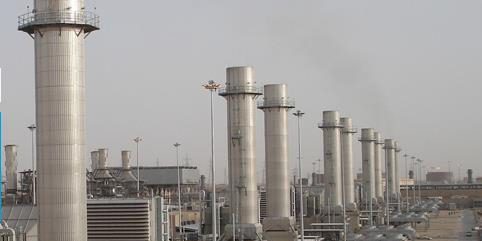 Choosing the right industrial apparel is vital for implementing an effective personal protective equipment program that will both meet OSHA compliance standards while keeping workers safe on the job. OSHA regulates the use and selection of personal protective industrial equipment and offers a comprehensive guide for every category of hazards and numerous specific applications, with more rules being added as new hazards are identified. The government draws on numerous standards from practical experience and other safety organizations, such as the National Institute of Occupational Safety and Health (NIOSH), in order to produce working rules for employer safety.
Choosing the right industrial apparel is vital for implementing an effective personal protective equipment program that will both meet OSHA compliance standards while keeping workers safe on the job. OSHA regulates the use and selection of personal protective industrial equipment and offers a comprehensive guide for every category of hazards and numerous specific applications, with more rules being added as new hazards are identified. The government draws on numerous standards from practical experience and other safety organizations, such as the National Institute of Occupational Safety and Health (NIOSH), in order to produce working rules for employer safety.
In total, these guidelines cover a wide range of topics and fill multiple volumes. This article will endeavor to briefly touch upon industrial apparel selection and usage in a general manner in order to familiarize employers and employees alike with OSHA’s main points. In the end, referring to official documents is necessary to ensure compliance.
OSHA Selection Factors For Personal Protective Industrial Equipment
The Occupational Safety and Health Administration lists six factors to consider when selecting industrial apparel and equipment for inclusion in a safety program. All industrial apparel should be evaluated on clothing configuration, components and options, sizes, ease of donning and doffing, clothing construction, accommodation of other selected ensemble equipment, comfort, and restriction of mobility. These factors are used to ensure personal protective equipment (PPE) will fit properly, will not create a hazard in itself, and will provide thorough protection. The available components and options should be weighed against an industry’s specific processes and materials.
For the chemical industry or worksites that utilize chemicals, OSHA has specific rules on industrial apparel. PPE must be chemically resistance in three ways, including permeation, degradation, and penetration of substances to the body. Choosing the right material that offers all three modes of protection requires reference to specific material safety data sheets. Always be aware of chemical interactions and combinations in the case of simultaneous exposure to multiple agents. Furthermore, industrial equipment must also be evaluated for its ability to be decontaminated. In many instances, this means that disposable safety gear is appropriate. Otherwise, chemicals need to be neutralized and clothing laundered before returning it to service.
OSHA also allows for cost considerations to be a part of the selection process. In a compromise to business, safety features should not be cost prohibitive. The exact wording of the OSHA guidelines states that, ‘Protective clothing end users must endeavor to obtain the broadest protective equipment they can buy with available resources to meet their specific application.’ It often helps to shop around with different industrial equipment suppliers to find the best deal that satisfies safety requirements.
Inspecting Industrial Apparel
All equipment must be routinely inspected for proper functioning. Each user needs to be trained in an inspection routine in order to maintain their own PPE in addition to having knowledgeable supervisors. Any of the following issues are a reason to discontinue use of a piece of PPE:
1. Degradation of the protection ensemble;
2. Perception of odors while wearing a respirator;
3. Skin irritation;
4. Unusual residues on clothing material;
5. Discomfort;
6. Resistance alumindo light metal industry karir to breathing;
7. Fatigue due to respirator use;
8. Interference with vision or communication;
9. Restriction of movement;
10. Physiological responses such as rapid pulse, nausea, or chest pain.
Proper Industrial Equipment Usage
Of course, even the best protective gear is useless if it is not used correctly. OSHA goes to great lengths to specify proper usage. In general, all PPE should fit securely without restricting motion and should be free of abnormalities like cracks that could compromise their integrity.
What follows is a sample checklist that OSHA could use. It assumes that the user is putting on a full body chemical suit with respiration, and a second person is on hand to assist and supervise during the process. This procedure, or one like it, should be routinely practiced so workers can safely and quickly equip their protective gear.
1. Inspect all clothing and respirators before use.
2. While standing or sitting, step into the legs of the suit, ensure proper placement of the feet within the suit, then gather the suit around the waist.
3. Put on chemical-resistant safety supply and demand curve shifts boots over the feet of the suit.
4. Tape the leg cuff over the tops of the boots.
5. Perform negative and positive respirator face piece seal test procedures.
6. Put on long-sleeved inner gloves (similar to surgical gloves). Secure gloves to sleeves.
7. Begin to secure the suit by closing all fasteners on openings and secure all belts and/or adjustable leg, head, and waistbands.
8. Have assistant check all closures and observe the wearer for a period of time to ensure that the wearer is comfortable, psychologically stable, and that the industrial apparel is functioning properly.
This guide touches briefly on gaining an understanding of OSHA regulations and how to create an effective safety program. Do not stop here; safety is a lifelong learning pursuit.


